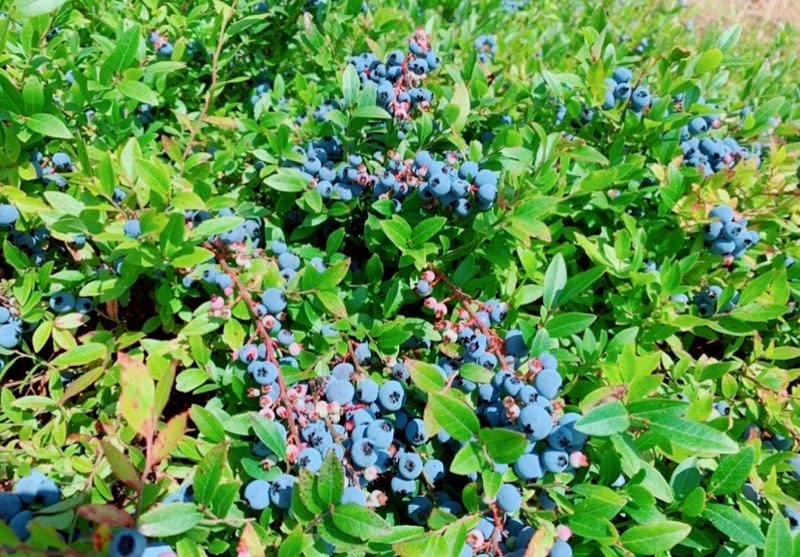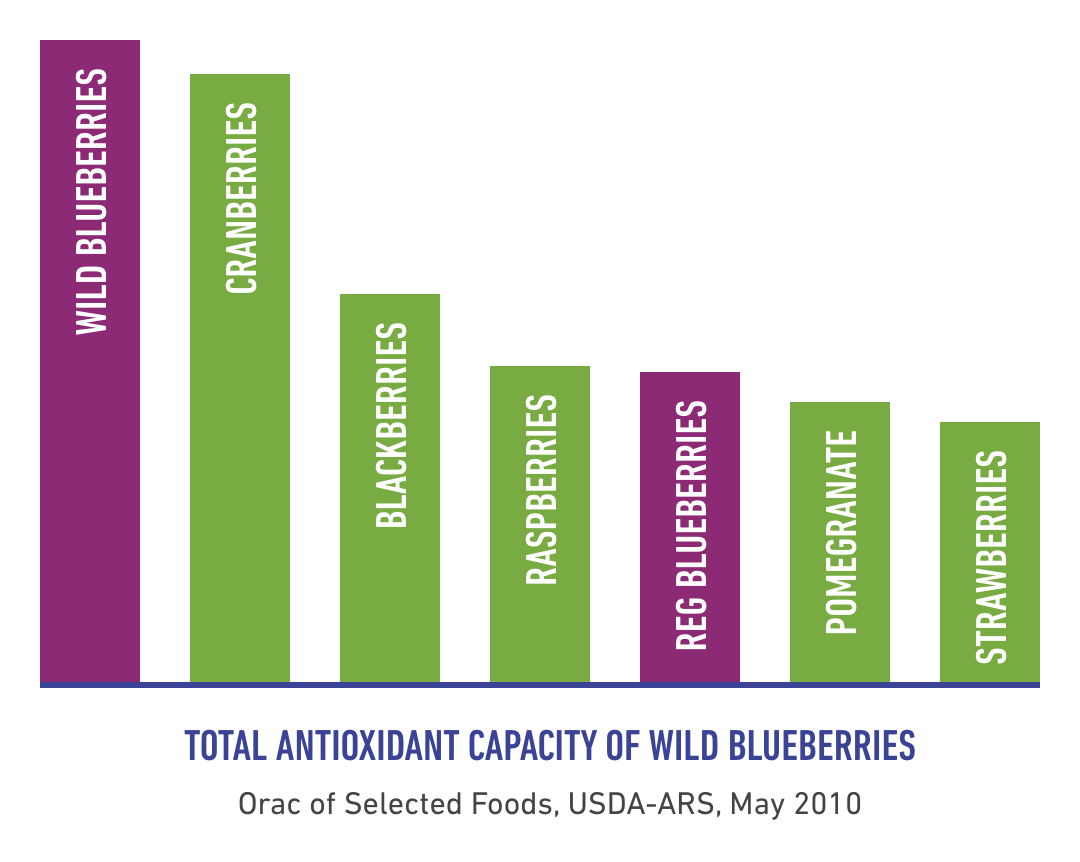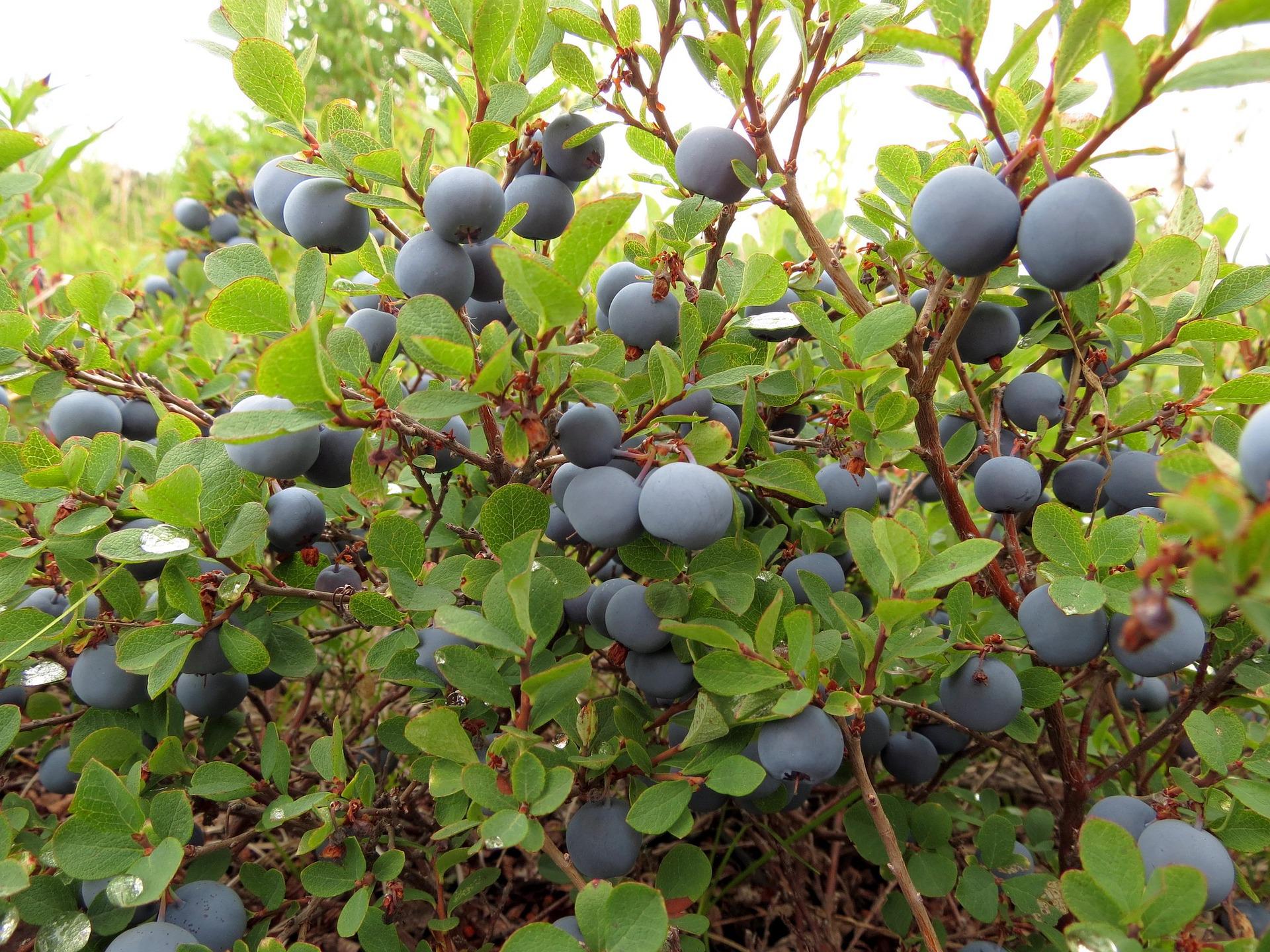Knowledge of Wild Blueberry


WHY GO WILD?
Most blueberries you will find in the grocery store are cultivated blueberries. Over the years, they have been cultivated to be larger in size and very plump, due to a higher water content, which makes them cheaper when compared to wild blueberries.
Cultivated blueberries contain less antioxidants and anthocyanins than wild, which is probably due to their high water content.
Wild blueberries are smaller, tighter and called low-bush blueberries since they grow closer to the ground and spread by rhizomes. They are more flavoursome, contain more antioxidants, phytonutrients and anthocyanins than cultivated blueberries.
BENEFITS OF WILD BLUEBERRIES
WILD BLUEBERRIES & ANTIOXIDANTS
Wild blueberries are true antioxidant superstars. They have two times the antioxidants as cultivated blueberries, as measured by Oxygen Radical Absorbance Capacity. This means Wild Blueberries have more of what it takes to combat disease and promote healthy aging.
Antioxidants are found in fruits and vegetables to help our body protect against age-related health risks and disease. Wild blueberries deep blue pigments and potent antioxidant capacity, come from a flavonoid called anthocyanin, which is responsible for their powerful potential health benefits. The research in anthocyanins capacity to reduce inflammation and its benefits to us is constantly growing. Wild blueberries have 33% more anthocyanins than regular blueberries on the market, providing you a great tool to keep your body strong.
WHY ARE ANTIOXIDANTS IMPORTANT?
We’ve all heard that antioxidants can be helpful to protect our body from age-related health risks, but how does this happen? Each day, free radicals are constantly being formed in your body, which is a normal byproduct of metabolism. We should aim for our body to maintain a balance of free radicals and antioxidants, as when free radicals outnumber antioxidants, it can lead to a state called oxidative stress. Prolonged oxidative stress can damage your DNA and other important molecules in your body. Damage to your DNA increases your risk of disease, and some scientists have theorised that it plays a pivotal role in the aging process.
Oxygen Radical Absorbance Capacity
Using a lab testing procedure called ORAC (Oxygen Radical Absorbance Capacity), USDA researcher Ronald Prior, Ph.D., found that a one-cup serving of wild blueberries has more total antioxidant capacity (TAC) than 20 other fruits and veggies, including cranberries, strawberries, plums, raspberries, and even cultivated blueberries.
In fact, wild blueberries have 2x the antioxidant power of ordinary blueberries, offering more of what it takes to combat disease and promote healthy aging.

Did you know that 2 tsp of our wild blueberry powder = 1 cup of wild blueberries?!
HEALTH BENEFITS OF WILD BLUEBERRIES*
Here is what science and research says about these little superstars:
BOOST BRAIN FUNCTION: Research shows that a good balanced diet, specifically including wild blueberries, has been shown to improve brain health, attention and memory.
PROTECTS OUR HEART: 20+ years of research shows that the polyphenol anthocyanins, the photochemical that is found in their deep coloured skins, protect our cardiovascular system, reducing risk of clogged vessels and also blood pressure.
LOW GI: A healthy balanced diet is essential to prevent type 2 diabetes and metabolic syndrome. Wild blueberries are a low GI food that can help stabilise healthy blood sugar levels. One study found that subjects who consumed wild blueberries daily for six weeks improved their insulin sensitivity.
IMPROVES MOOD: For some time now there has been a link between mental health and what we eat. Now there are studies to show that consuming wild blueberry powder can improve our mood. A recent study in young adults and children, found that consuming flavonoid-rich wild blueberries, may significantly boost mood!
IMPROVES GUT HEALTH: We all know that diet can play a major factor with our gut health. A study found that subjects who consumed wild blueberries, their Bifidobacteria was higher which may suggest a positive correlation between consuming wild blueberries and the composition of intestinal microbiota. This could be correlated to the crucial role of fibre and polyphenols in wild blueberries.
SUPPORTS IMMUNE SYSTEM: Our immune system has a vital role, protecting us from harmful germs, cell changes and substances that can make us ill. A study found that subjects who consumed wild blueberries had improved blood flow and a boost in their immune system response.
ONE OF THE HIGHEST ANTIOXIDANT FRUITS ON THE PLANET: Wild blueberries have two times the antioxidants as cultivated blueberries, as measured by Oxygen Radical Absorbance Capacity. This means Wild Blueberries have more of what it takes to combat disease and promote healthy aging.
According to Anthony Williams, Medical Medium, “Wild blueberries draw heavy metals out of your brain tissue, healing and repairing any gaps created by oxidation when the heavy metals are removed. It is important to use wild blueberries, as they possess unique phytonutrients with special detoxifying capabilities.The potent antioxidants in wild blueberries help reverse any oxidative damage left behind by the heavy metal removal. This is especially important for your brain tissue—in fact, wild blueberries are the most powerful food for halting or in some cases reversing Alzheimer’s and dementia”.
*These statements have not been evaluated by the Therapeutic Good of Canada. This product is not intended to diagnose, treat, cure, or prevent any disease.


DIFFERENCE BETWEEN
WILD BLUBERRIES VS BLUEBERRIES
When we think of a blueberry bush, we generally think of a cultivated blueberry bush, which stands in straight rows and taller than the average person. These are referred to as “highbush.”
Wild blueberry bushes are referred to as “lowbush.” They spread low and wide through runners, covering fields in a random manner.
Cultivated blueberries take careful planning and planting, whereas wild blueberries grow naturally in fields and rocky hills called barrens. No one plants wild blueberries; they’ve grown naturally for thousands of years.
For the consumer, the most notable difference between wild and cultivated blueberries probably lies in nutritional content.
Lets compare both types.
WILD BLUEBERRIES (LOWBUSH)- Vaccinium angustifolium
* Small shrubs that grow no larger than 2 ft
* They are not planted and grow closer to the ground and spread by rhizomes wherever mother nature intends them to grow.
* Taste: Wild Blueberries have a more intense, sweet and tangy taste than cultivated blueberries
* Smaller size: wild blueberries offer a higher skin-to-pulp ratio; meaning less water and more antioxidant-rich pigments, more fiber, and more intense blueberry flavour per serving.
* More antioxidants: 33% more brain healthy anthocyanins and 2x the antioxidant capacity of ordinary blueberries. Anthocyanin, is believed to protect against brain ageing and promote vision health.
CULTIVATED BLUEBERRIES (HIGHBUSH) (Vaccinium corymbosum)
* Tall shrubs that can reach a height of 8 ft
* Are planted and grow on bushes
* Taste: Cultivated blueberries are larger in size, with a more bland flavour than the naturally more complex wild flavour profile.
* Bigger size: Cultivated blueberries contain a higher percentage of water content, which means less antioxidant-rich pigments from the skin, less fiber and less intense flavour per serving.
* Less antioxidants: Like wild blueberries, cultivated blueberries contain phytochemicals called flavonoids, which deliver antioxidant protection to our cells. However, if you want the biggest antioxidant bang for your blueberry, go wild!

